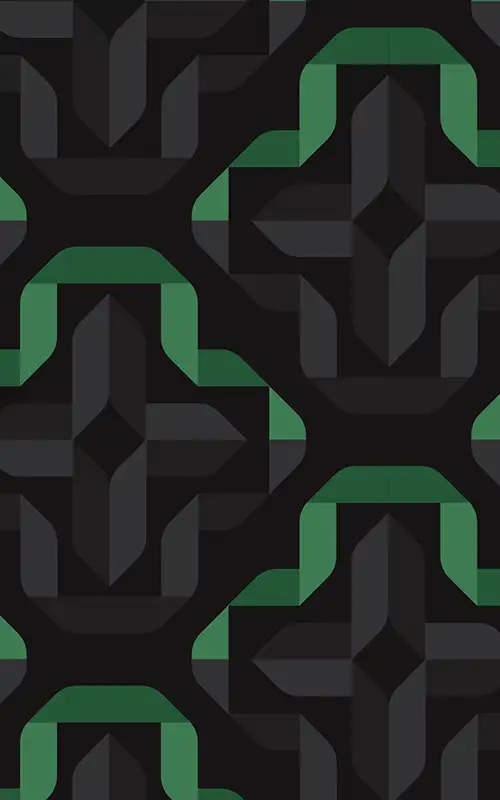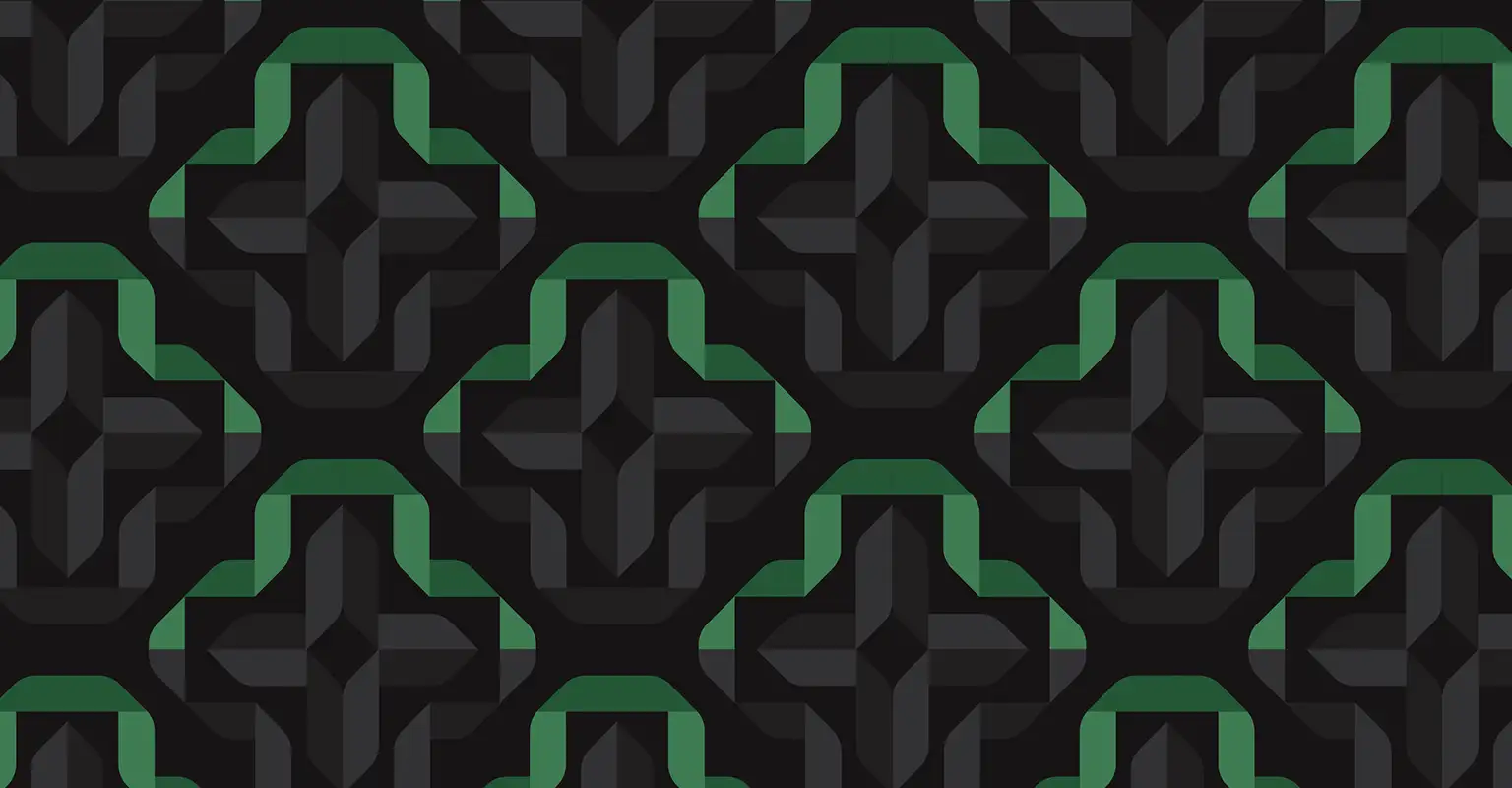From a Kiwibank account
Pay your Kiwibank Credit Card
Pay your Kiwibank Credit Card online within your mobile app or internet banking by making a transfer from one of your Kiwibank accounts to your credit card.
Pay a non-Kiwibank credit card
You can pay a non-Kiwibank credit card from your mobile app or internet banking by making a payment.
Time your payments
You can choose the date and frequency of your payment. You can make it a one-off, or you can choose to make regular payments at set times, e.g. it could be weekly, fortnightly or monthly.
Pay off your Kiwibank Credit Card using a direct debit
To make sure you never miss a payment, set up a direct debit to automatically make regular payments to your Kiwibank Credit Card.
You can choose to:
- Pay your balance off in full each month minus any manual payments you make during the month
- Make just the minimum payment due each month
To set up a direct debit to pay your Kiwibank Credit Card you'll need your:
- Kiwibank access number
- Kiwibank Credit Card account number
Once you've gathered this information:
- Fill in our Credit card direct debit authority form.
- Email the completed form to applications@kiwibank.co.nz.
From another bank
You can make a payment to your Kiwibank Credit Card from another New Zealand bank via internet banking.
Select Kiwibank Credit Card as a payee
One way is to log into that bank’s internet banking and look for Kiwibank as a payee in the Payments section. Select Kiwibank Credit Card from the options and fill in the payee reference details as follows:
Payee particulars: First 12 digits of your credit card number
Payee code: Last four digits of your credit card number
Payee reference: The name embossed on your credit card (surname first)
When you can't find Kiwibank Credit Card as a payee
If you can't find Kiwibank Credit Card as a payee option, you can still make a payment from another bank's Payments section in internet banking. You'll need to use the following details:
Account/payee name: Kiwibank Credit Cards
Bank account number: 38-9300-0993030-11
Payee particulars: First 12 digits of your credit card number
Payee code: Last four digits of your credit card number
Payee reference: Name embossed on credit card (surname first)
Please note: A credit card payment can take two to three business days to process. You can’t pay your credit card directly from an overseas bank. Instead you need to put money into a New Zealand bank account and then transfer it to your card.
Minimum payments
You need to make sure that the amount you pay covers at least the minimum payment due each month, otherwise you’ll face a late payment fee. If you can, try to pay more than the minimum monthly payment. The more you pay off, the less interest you'll be charged.
At Kiwibank the minimum monthly repayment is calculated as either 5% of your closing balance or $10, whichever is greater. The amount will be shown on your statement.
Our minimum repayments may be higher than other banks because we want you to pay down your debt faster – this will save you interest in the long run. It means that if you switch to a Kiwibank Credit Card from another bank’s card you might find that your minimum monthly repayments are higher.
Order of payments
Payments that you make are applied to your credit card in a certain order. It depends on the type of transactions that are awaiting payment.
Firstly, it goes towards amounts from your existing monthly statement in the following order:
- Interest, fees and costs
- Balance transfers
- Cash advances
- Purchases with a special or promotional interest rate
- Other amounts
Then, payments go on amounts due to appear in your next monthly statement in the following order:
- Interest, fees and costs
- Balance transfers
- Cash advances
- Purchases with a special or promotional interest rate
- Other amounts
This means that payments won’t necessarily go towards your oldest transactions first. Also, when your monthly statement shows an amount that's due immediately, your payments will go towards that first, before being applied to your minimum payment.
If you’ve made more than one balance transfer, payments will first go towards the balance transfer with the lowest interest rate. If you have multiple balance transfers with the same interest rate, payments will be applied to the oldest balance transfer first.
Peter has a Zero Visa with a $5,000 credit limit.
Peter's first statement |
||||
|
Date |
Transaction/Event |
Amount |
Transaction type |
|
|
1 October |
TV |
$1,000 |
Purchase |
|
|
8 October |
Balance transfer at 1.99% p.a. for 6 months |
$3000 |
Balance transfer |
|
|
18 October |
ATM withdrawal |
$300 |
Cash advance |
|
|
28 October |
Interest - Balance transfer |
$3.27 |
Interest |
|
|
28 October |
Interest - Cash |
$1.06 |
Interest |
|
|
Interest summary |
||
|
Type |
Interest rate |
This month |
|
Purchases |
12.90% p.a. |
$0.00 |
|
Cash advances |
12.90% p.a. |
$1.06 |
|
Balance transfers |
$3.27 |
|
|
Payment details |
|
|
Statement period |
1 October 2024 to 28 October 2024 |
|
Minimum payment |
$215.22 |
|
Closing balance |
$4,304.33 |
|
Due date |
22 November 2024 |
Peter's second statement |
|||
|
Date |
Transaction |
Amount |
Transaction type |
|
5 November |
Payment received |
$600 |
Payment |
|
28 November |
Interest - Balance transfer |
$4.16 |
Interest |
|
28 November |
Interest - Cash |
$3.18 |
Interest |
|
28 November |
Interest - Purchase |
$20.50 |
Interest |
|
Interest summary |
||
|
Type |
Interest rate |
This month |
|
Purchases |
12.90% p.a. |
$20.50 |
|
Cash advances |
12.90% p.a. |
$3.18 |
|
Balance transfers |
$4.16 |
|
|
Payment details |
|
|
Statement period |
29 October 2024 to 28 November 2024 |
|
Minimum payment |
$186.61 |
|
Closing balance |
$3,732.17 |
|
Due date |
23 December 2024 |
When Peter made a $600 payment to his credit card on 5 November, the payment was applied first to the interest charged on his first statement, then to the balance transfer from 8 October.
You'll notice that interest for the TV purchased on 1 October wasn't applied until Peter's second statement. This is because the Zero Visa offers up to 55 interest-free days on purchases, provided the closing balance is paid in full by the due date. However, since Peter only paid $600, interest accrued from the date of purchase (1 October) through till the end of his second statement. The interest free period doesn't apply to cash advances or balance transfers.
Future payments will continue to go towards interest and fees first, followed by the balance transfer, until either the balance transfer has been paid in full or when the balance transfer period ends, whichever comes first.
Avoiding purchases and cash advances while you have an active balance transfer on your account will help keep interest charges to a minimum.
The interest calculations outlined here are for illustrative purposes. Your individual credit card statement will show any fees and interest calculations on the first page.
Having trouble making your repayments?
If you're falling behind and struggling to meet your repayments, our team are here to help. See our financial hardship page for more information.

